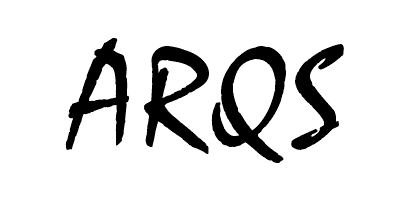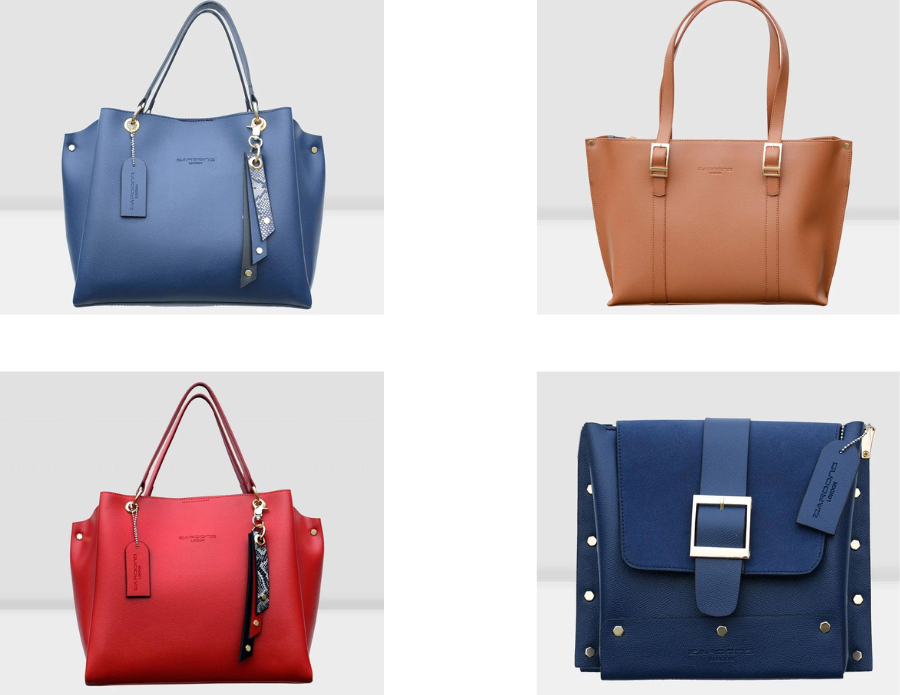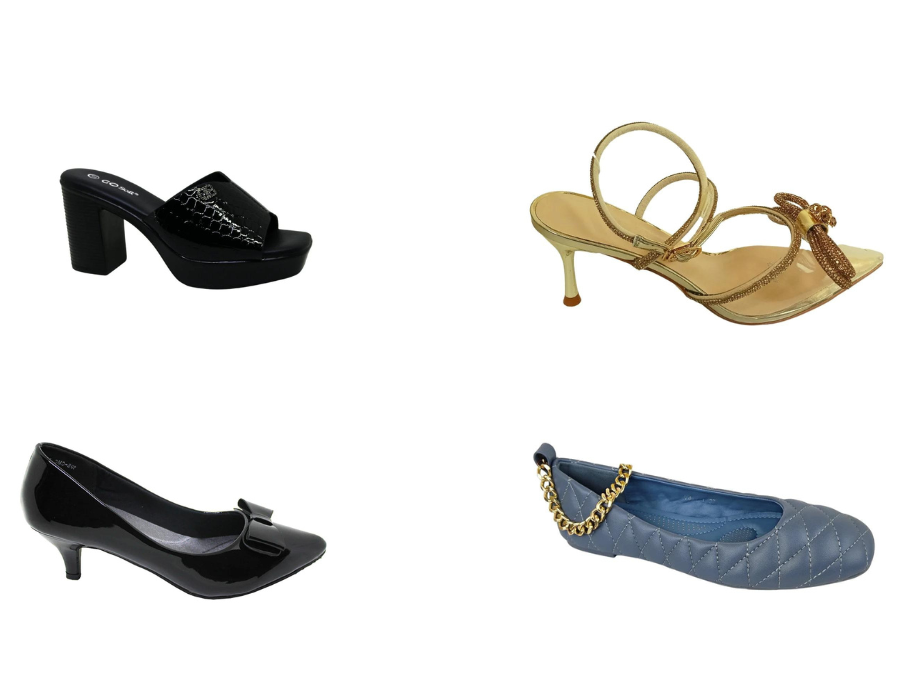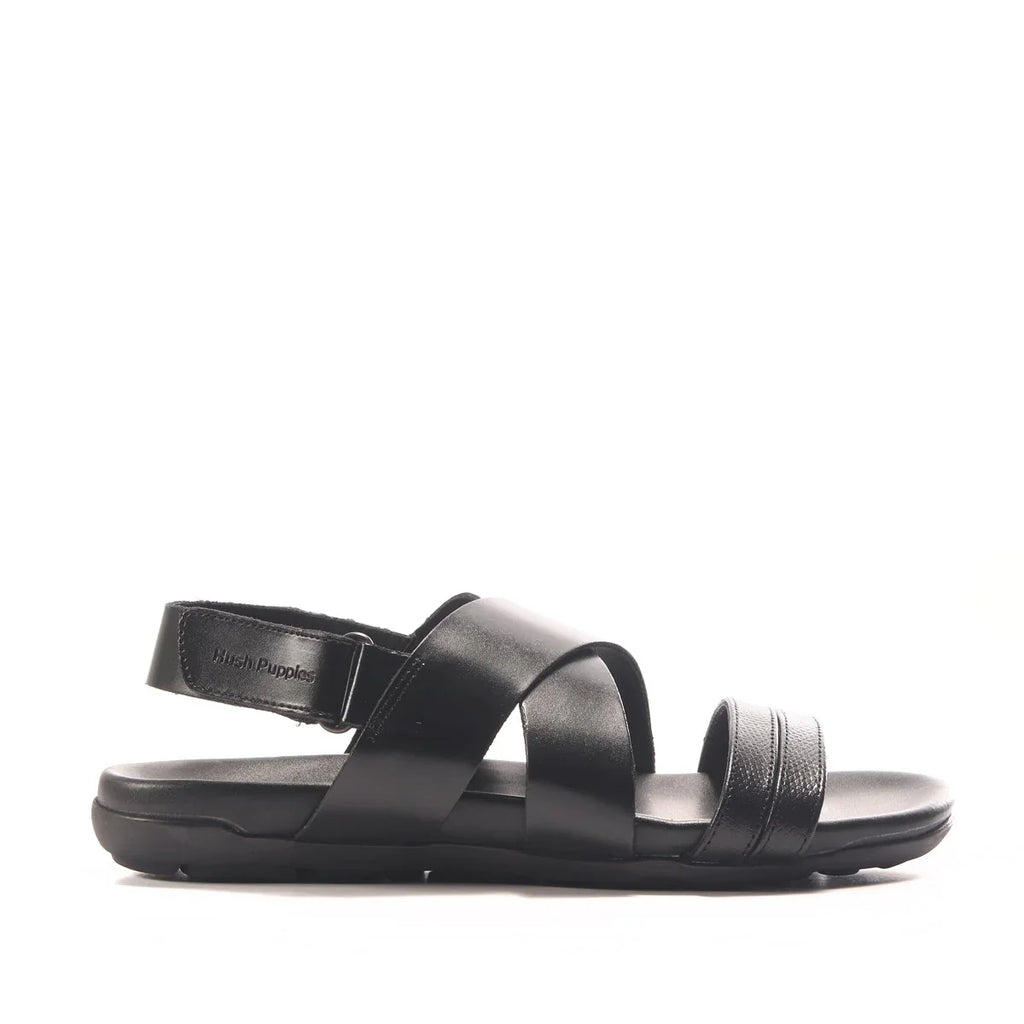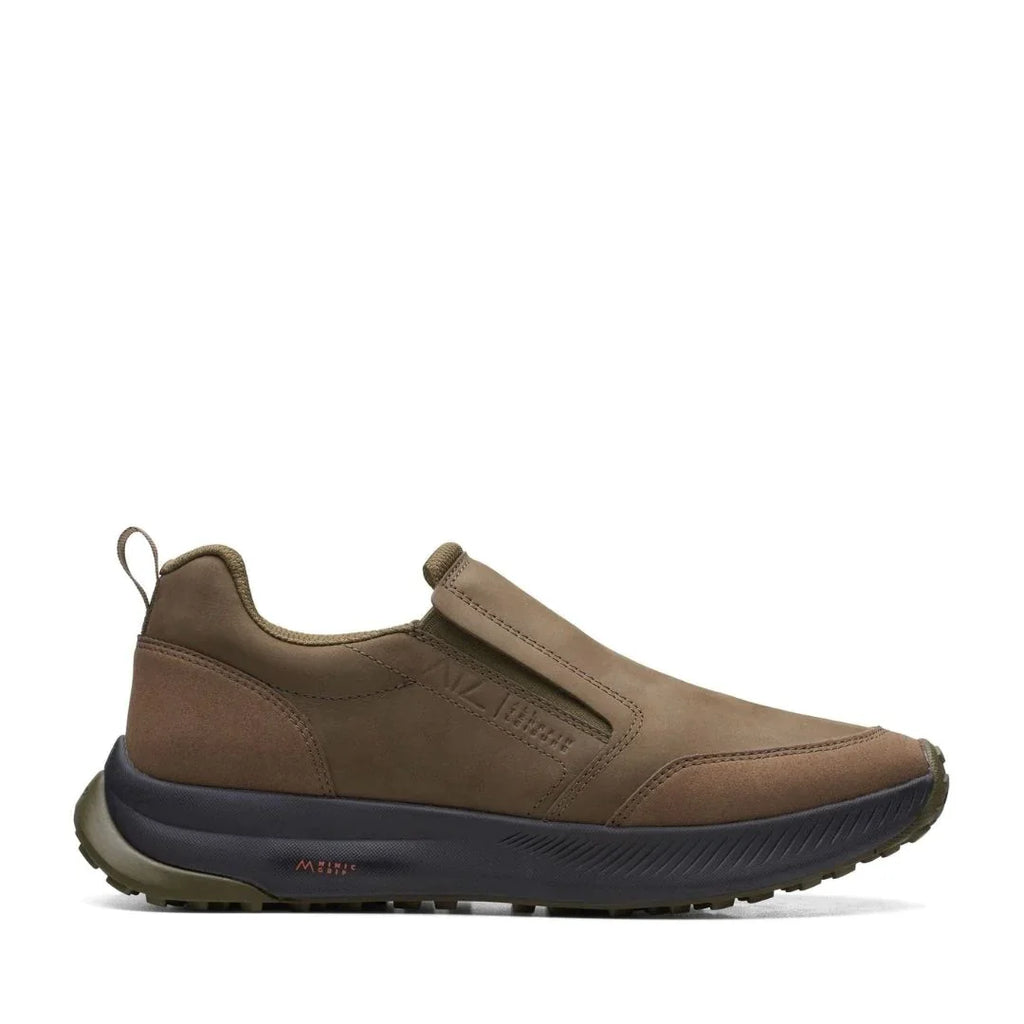
A Guide To Different Styles of Shoelaces.

The right lace material and tying method can make or break the shoe. When people order custom shoes, one of the first questions that get asked is "What laces are used?" That's because the laces can make or break the look of a shoe. In this article, we discuss the different types and stypes of shoelaces.
Rawhide Laces
Before synthetic materials were developed, shoelaces were made from rawhide. The earliest rawhide laces were simply strips of leather, cut to length and tied around the ankle. They were incredibly simple, but they weren’t very sturdy. Over time the leather eventually wore out and broke, meaning you had to keep tying new knots.
Cotton Laces
Cotton shoelaces are strong, and they will last a long time. Besides, they are also very cheap. With that being said, they may be the best shoelaces for sneakers as well. It's a fact that cotton shoelaces are the right choice for kids' shoes. So, if you are looking for the best shoelaces for sneakers for your kids, cotton shoelaces are the ones you need.
The Laces
Laces are usually paired with preppy and casual shoes such as boat shoes, desert boots, loafers, etc. They are usually thicker than cotton shoelaces. Unlike the cotton and preppy laces, flat laces, or simply the laces, tend to give you a more "classy" look. They are perfect for enhancing your formal and business outfit, such as business shoes, dress shoes, and loafers. They are most commonly black, brown, and burgundy.
Nylon Laces
Nylon laces are the most common. You probably have a lot of shoes that use nylon laces, such as gym shoes, sneakers, or any casual shoes. Nylon laces are not too common in formal and business outfits, but it is not rare to see them.
Waxed Laces
Waxed laces are also more water-resistant. The waxing keeps the moisture away from the thread. So they're less likely to rot or get mouldy. There are numerous ways you can wax your laces. You can use candle wax, beeswax, or paraffin wax. Whatever you choose, make sure that it's food and water-resistant. You can melt the wax in a pot and then dip the lace in it or you can dip the lace in the wax. After you've dipped it in the wax, hang it somewhere to let it cool and harden. But you have to be careful while using waxed laces. They're great for boots, but they're not very comfortable for running shoes. Flat waxed laces are not only for boots. You can use them for any type of shoe and you can even use them for gloves.
Laces Pro Tip: Use flat waxed laces with boots and shoes that are heavy-duty or are used in harsh conditions.
Blank Laces
Blank laces are laces that don't have any extra features like a wax coating or reflective material. These laces are great for tying shoes for athletic activities. Hiking boots, running shoes, and other athletic shoes require a more sensitive lace. A lace that isn't going to be too thick or too strong.
Laces Pro Tip: Use blank laces for athletic shoes not meant for heavy-duty use like hiking boots, running shoes, and other athletic shoes.
After discussing the major kinds of shoe laces, let’s dive into various common methods of tying these laces!
Simple Lacing
You start with both laces threaded through the bottom holes. Pull them tight, then thread the left lace through the hole on the right. Criss-cross both laces up the shoe and then back down again, repeating the process until you get to the top. Now you’re ready to tie your laces.
Reef Knot
The reef knot is suitable for lacing canvas shoes and is quick and easy to tie. Start by taking the right shoelace and crossing it over the left lace. Next, take a long piece of the right lace, looping it over and then through the left lace. Finally, pull the knot tight by pulling on the right place.
Flat Lacing: Over-Under
Take two ends of a shoelace. Push these ends through the bottom two holes on the shoe. Now take these up. Exit the laces from the top most holes. Now insert the right shoelace into the second hole on left, and do the opposite with the left shoelace. Keep on repeating this until all eyelets are filled. Swap until you get to the top.
Flat lacing: Simple
The first step in this lacing technique is the same. You take the ends of the shoelace and put them through the end holes of the shoe. Pull these laces to an equal length. Now keep inserting the left lace into holes on the right, and do the same process with the right lace and left holes. This opposite lace on the opposite eyelet is to be repeated until you get to the top.
Flat lacing: Dorset
The initial step in this process is similar to the preceding steps too. Put the lace in the bottom holes and even them out. The other process is almost the same too. You keep putting the opposite lace in the opposite eyelet. The only difference is that you swap over every second time. Keep repeating this process until all holes are filled.
So there you have it, now you can lace any shoe as flat as you like. The most important thing to remember is that flat lacing will give you a snug fit, so if you have wide feet you’ll want to go with a looser lacing style. With this knowledge in hand, you can take a flat shoelace and make it into whatever style you like: Equal lacing will keep the shoe feeling snug and close to the foot, giving you more control when you walk. Over-Under will create a bit of space in the toe area, making the shoe feel a bit more comfortable.
